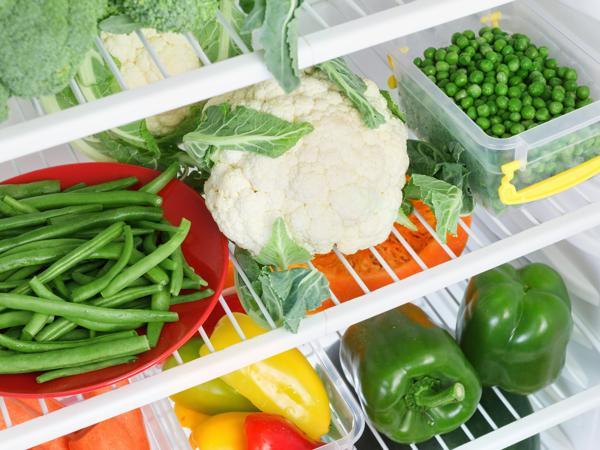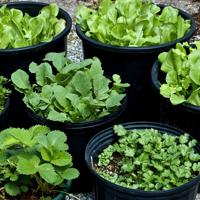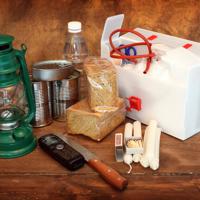In the ever-changing landscape of preparedness and survival, having a reliable plan for long-term food storage is crucial. Whether you’re preparing for natural disasters, economic instability, or personal emergencies, having a well-stocked pantry can offer peace of mind. As we delve into this topic, let’s explore various approaches and some practical examples to consider.
Understanding Long-Term Food Storage
Long-term food storage is about preserving food in a way that maintains its nutritional value and safety for years. This practice isn’t just about hoarding supplies; it’s about thinking ahead and ensuring that your family has access to essential nutrients and calories when needed.
Key Principles of Long-Term Food Storage
-
Shelf Life: Understanding how long different foods can last is vital. Some foods, such as honey, salt, and white rice, can last indefinitely if stored properly. Others, like canned goods, might endure 1-5 years.
-
Storage Conditions: Foods should be stored in cool, dry, and dark environments to maintain their quality. Avoiding moisture and extreme temperature changes is crucial.
-
Rotation: Implementing a rotation system ensures that older items are used before their expiration. This practice helps minimize food waste.
Popular Long-Term Food Storage Solutions
1. Canning
Canning is a proven method for preserving a wide variety of foods, from fruits and vegetables to meats. It involves sealing food in airtight containers and heating them to destroy bacteria and enzymes.
- Pros: Long shelf life, retains flavor and nutrients relatively well.
- Cons: Requires jars, lids, and a pressure canner; must follow safety guidelines to prevent botulism.
2. Dehydrating
Dehydrating removes moisture from food, inhibiting the growth of bacteria, yeasts, and molds. Dehydrated food takes up less space and is lightweight.
- Pros: Simple process, lightweight storage, retains most nutrients.
- Cons: Requires proper equipment, some loss of texture and taste.
3. Freeze-Drying
This process involves freezing food and then reducing surrounding pressure to remove moisture through sublimation. Freeze-dried foods retain most of their nutritional value and can last 20-30 years when stored properly.
- Pros: Preserves taste, texture, and nutrients; long shelf life.
- Cons: Expensive equipment and products; requires storage in airtight, humidity-free conditions.
4. Mylar Bags and Oxygen Absorbers
Using food-grade mylar bags with oxygen absorbers extends the storage life by reducing the oxygen level. This method is particularly effective for grains, beans, and dried goods.
- Pros: Easy to store large quantities, extends shelf life significantly.
- Cons: Initial investment in materials, requires proper sealing to ensure efficacy.
5. Root Cellaring
Root cellaring is a natural method for storing fruits and vegetables. It uses natural insulation from the earth to maintain steady temperature and humidity levels.
- Pros: Sustainable, no electricity needed, great for certain vegetables like potatoes and carrots.
- Cons: Limited to specific types of foods, requires space and knowledge.
Practical Tips for Effective Food Storage
- Packaging: Use airtight containers to prevent pest infestations and moisture ingress.
- Labeling: Clearly label all items with the date of purchase and expiration.
- Plan for Variety: Ensure a balance of carbohydrates, proteins, and fats in your storage.
- Allergy and Dietary Considerations: Take into account any dietary restrictions when planning.
Conclusion
Approaching long-term food storage with a thoughtful mindset can yield substantial benefits. There isn’t a one-size-fits-all solution, and each method may require different levels of commitment and resources. Experiment with a combination of techniques that align with your needs and resources. By keeping these principles and options in mind, you’re better equipped to consider your long-term food security.
References
- USDA, “Complete Guide to Home Canning,” link
- National Center for Home Food Preservation, “How Do I… Dried Foods,” link
In navigating the world of preparedness, it’s the small, consistent steps that pave the way for a resilient lifestyle. May your journey toward sustainable living be fulfilling and successful.




